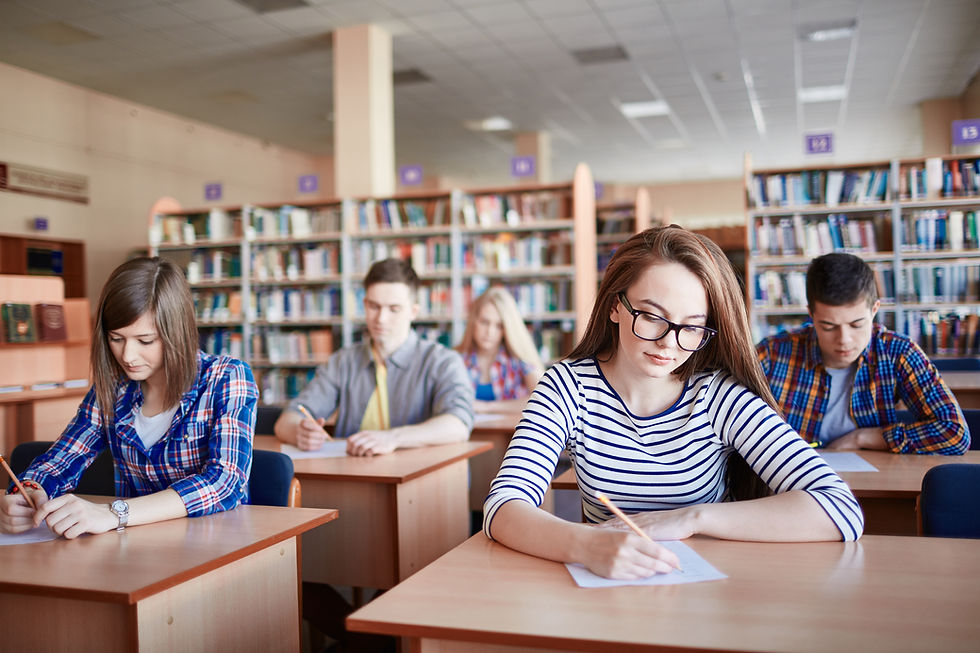Effective Grouping Strategies for Teachers AND Students
- Jenna Hagen
- Nov 4, 2020
- 2 min read
As a teacher, we oftentimes group our students to collaborate with one another. ‘What is the most effective way to group students?’ is a frequently asked question amongst teachers. As mentioned in previous blogs, I am currently a graduate student at Canisius College. This week in my ‘Dimensions of Learning’ class, we discussed strategic groupings in terms of flexibility and student engagement.
There are many benefits to using grouping within the classroom. These benefits include but are not limited to: promotes communication and teamwork skills, builds understanding from various perspectives, and teaches empathy and respect. These skills and experiences are not only beneficial to learning, but also beneficial to life after school. Students will need these skills and experiences to be successful as they move onto college and their careers.
This week we read Chapter 2 of ‘The Flexible ELA Classroom.’ This chapter touched on resource groups chosen in regards to which students work well and are productive together. As a teacher, part of putting these groups together includes a lot of observation at the beginning of the school year. Three important attributes to observe as students converse may include compassion, empathy and collaboration. As we observe our students, we should take note of successful partnerships. In doing this, it will be much easier to decide which students belong together in a group. On top of looking for successful partnerships, we must be sure to pay attention to bullying behaviors and unsuccessful partnerships, too.
Another important piece we discussed in class was the task of remaining consistent but flexible when grouping. How do we do both? I believe it is possible to be both consistent and flexible when using grouping. For example, if two students in the same group have not been getting along, the teacher may consider a group change for both of those students. We must consider group changes only when learning is interrupted and when students become unproductive. Otherwise, if a conflict occurs, students should have the choice of independent work that day or the teacher may require the students to observe another group as they work together. In having the students observe another group, they may pick up on teamwork strategies and imitate those strategies within their group to continue the task without conflict. Although we hope group work will go smoothly, we must be prepared to be flexible when conflicts arise.
In order to be successful in using grouping throughout the classroom, we must set expectations and model how to effectively and appropriately collaborate in a group setting. As mentioned in other blogs of mine, I believe a community class is an important piece in effective and appropriate student collaboration. When the classroom feels like a community, students feel more comfortable in sharing and listening to others. A classroom community also manifests mutual respect, empathy, kindness and acceptance.
So… what is the most effective way to group students?It is most effective group students based on successful partnerships and productiveness.Increased productivity = more learning! These successful partnerships can be found within students with the same or different abilities, interests and learning styles






Comments